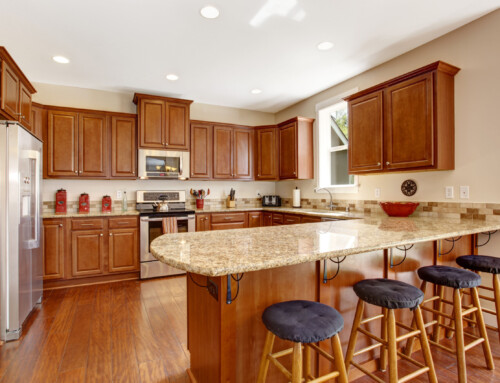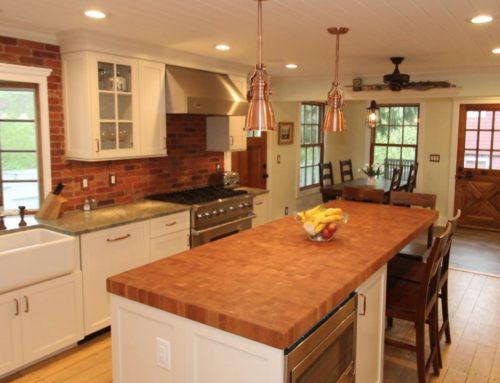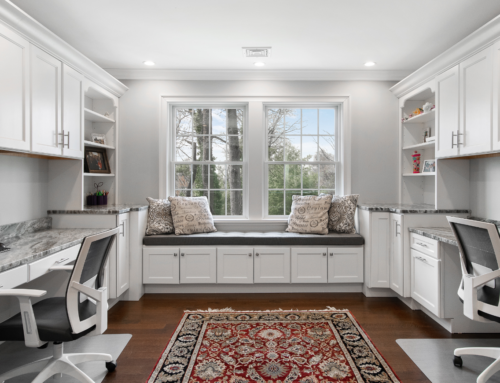In the homeowner’s ongoing quest to equip his or her home with every attainable comfort, things like radiant floor heating (RFH) usually rank high on the list. Believe it or not, this coveted amenity was actually derived from the citizens of ancient Rome who would employ people to fan wood-burning fires underneath the stone floors. Today, we’ve obviously evolved passed this, but nonetheless people still view RFH as a luxury. Let’s breakdown what it is and whether or not it is right for your home.

Electric RFH installed by NJ Kitchens and Baths
There are two ways that RFH can work. The first is through electric wires and the second through hot water tubes. Both methods are installed underneath the flooring itself. Electric RFH tends to be less expensive to install and more expensive to operate, while hydronic systems have the inverse financial effect. It’s important to note that another method exists called hot air, which is rarely used today because it is not at all energy efficient.
There are many benefits to having RFH, as many people can imagine. Regardless of the method of installation, RFH is pretty quiet and provides even heating throughout the floors. Another advantage to RFH that many people don’t consider is that it is hypoallergenic. Instead of having potentially harmful allergens circulating throughout the air in a home, RFH can warm a space toxin-free.

Some homeowners may be concerned about potential damage that may be cause from the RFH. Fact is, the chances of damage to floors caused by a ruptured water tube or defective wire are slim to none. The water tubes used should always be polyethylene as opposed to copper to resist corrosion, and electrical systems should use a slow and low heating method instead of high-powered spurt. Ultimately, though, it’s about using the appropriate flooring over the heating system.
Technically almost all flooring materials can be using with RFH, but some do work better than others. Products like stone, concrete, and ceramic tile will transfer and hold heat for longer. Wood floors are susceptible to shrinking and expanding due to the heat, causing undesirable gaps in floors. Plastic and vinyl laminate floors can only withstand low heating temperatures. And carpets are not very good at transferring heat, and can require more energy.

Whether you’re considering RFH in your bathroom, kitchen, or any other room, be sure to consult an experienced professional to install it for you or guide your installation process. The best time to do so when undergoing an existing remodel, as tearing up floors as a solo project can cost more.



